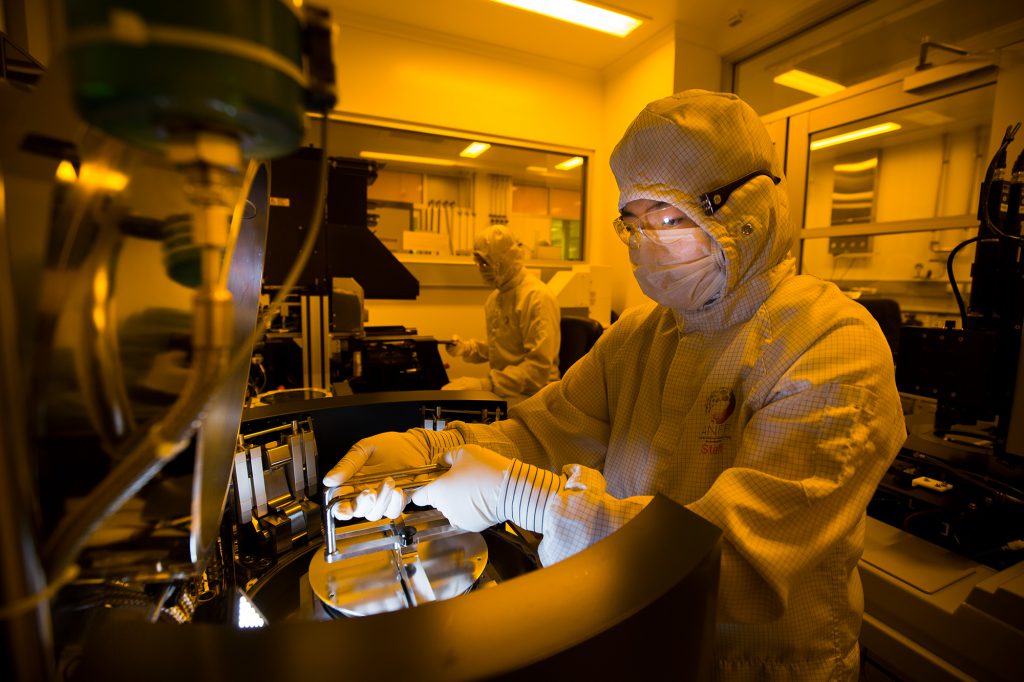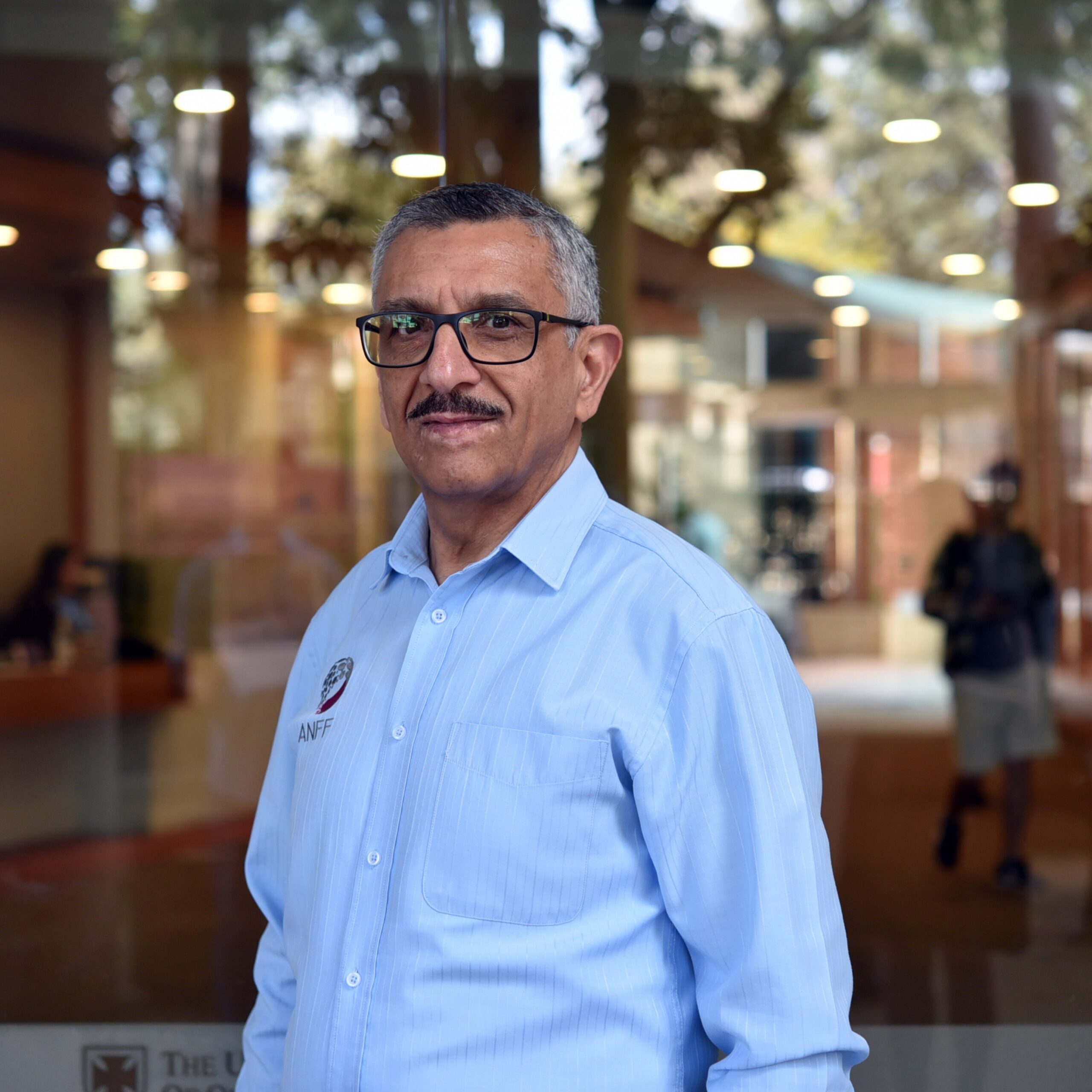
Through an advanced suite of tools and substantial expertise, ANFF-Qld specialises in microfluidics, organic electronics and optoelectronics, biomaterials, novel semiconductor materials and characterisation.
The node comprises four facilities, two at the University of Queensland and two at Griffith University.
The innovative and integrated institutes and centres that play host to the ANFF-Qld facilities provide a dynamic, exciting and collaborative atmosphere where researchers can get the most from their ideas with the best possible support and world class equipment.
Services include the scale-up prototyping of devices such as organic solar cells, organic light emitting diodes, organic circuit elements, microfluidic devices, bioassay platforms, biomaterial scaffolds, microbioreactors and production of materials for microelectronics to semiconductor-industry standards.

Specialist fields: Microfluidics; bionanodevice fabrication; microelectronics; advanced photoresist synthesis, purification and characterisation; organic electronic device fabrication and testing (OPV, OLED, OFET, OSensors); functional organic/polymer and bio-inspired nanomaterials synthesis and characterisation (through the National Centre for Functional Organic Synthesis); biopolymer processing and nanocomposites; and SiC processing.
Flagship Facilities: A prototyping inkjet; high-throughput photoresist, monomer, polymer and nanoparticle synthesis units; A semi-automated nanoimprint lithography unit and plasma bonder for surface and device patterning down
to ~10 nm; A deep reactive ion etcher; A state-of-the-art surface and device characterisation suite; Imaging and Raman/AFM characterisation unit; Globally unique epitaxial reactor for SiC on Si wafer production.
Interim Node Director: A/Prof Idriss Blakey
Email: i.blakey@uq.edu.au
Deputy Node Director: A/Prof Paul Shaw
Email: p.shaw3@uq.edu.au
Facility Manager: Mr Ethan Aung
Email: ethan.aung@uq.edu.au
Phone: +61 410 219 356
Australian National Fabrication Facility – Queensland Node
Level 2 AIBN, Building 75, Room 266
The University of Queensland QLD 4072
Level 3, Pandanus Building 1022
80 Meiers Rd
Indooroopilly QLD 4068
Level 9, Chemistry Building
68 Cooper Rd
Brisbane City QLD 4072
Griffith University
Nathan Campus
170 Kessels Rd
Nathan QLD 4111





